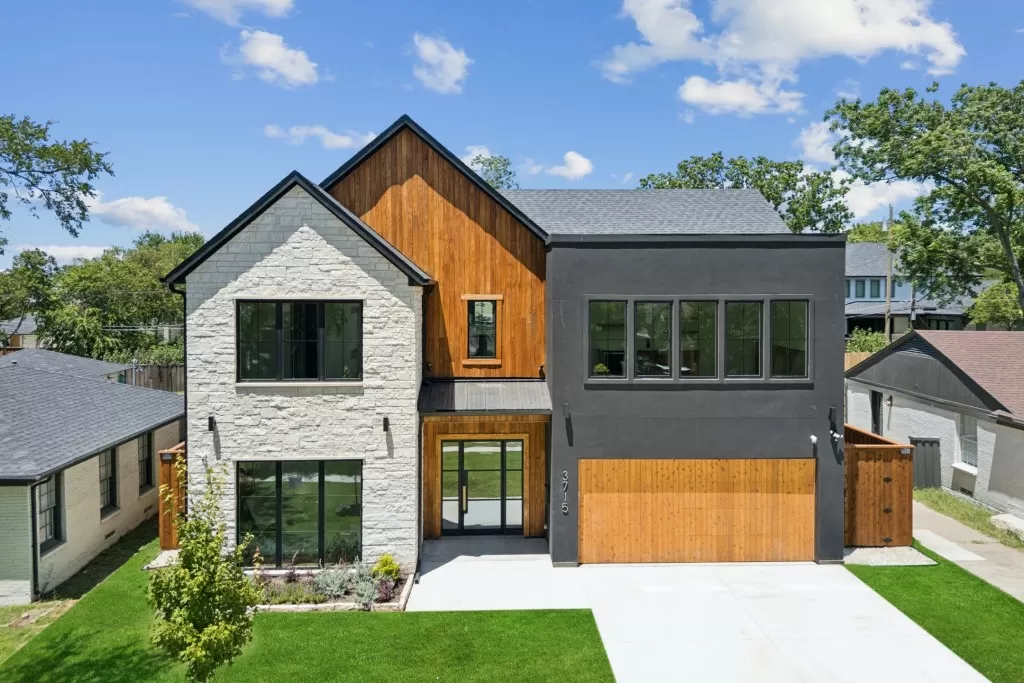Contingent offers are a common occurrence in the real estate world, especially in competitive markets. These types of offers allow buyers to make an offer on a home while still needing to meet specific conditions before the sale is final. While this can be a great opportunity for both buyers and sellers, there is always the risk of the deal falling through. So, how often do contingent offers actually fall through and what can buyers and sellers do to avoid common setbacks?
According to a study by the National Association of Realtors, about 27% of contingent sales do not end in a successful closing. This means that over a quarter of the time, these types of offers do not result in a finalized sale. This number may seem high, but it’s important to understand the reasons behind why these offers fall through.
One of the main reasons for a contingent offer falling through is related to the financing of the home. Some buyers may make a contingent offer while still needing to secure a mortgage loan. If the buyer is unable to secure the loan or if the property does not appraise for the agreed-upon price, the sale may not go through. This can be disappointing for both the buyer and the seller, as it means starting the homebuying process all over again.
Another common reason for a contingent offer falling through is due to issues with the home inspection. If the inspection reveals significant problems with the property, the buyer may back out of the deal or renegotiate the terms. In some cases, the seller may not be willing to make the necessary repairs, leading to the sale falling through.
Additionally, buyers may include a contingency in their offer based on the sale of their own home. This means that the buyer will only go through with the purchase if their own home sells first. If their home does not sell within the specified time frame, the contingent offer may be canceled. This can be frustrating for the seller, who has to put their plans on hold while waiting for the buyer’s home to sell.
So, what can buyers and sellers do to avoid these common setbacks and increase the chances of a contingent offer being successful?
For buyers, it’s important to carefully consider the conditions of the contingency before making an offer. If the offer is based on securing a mortgage loan, it’s crucial to get pre-approved for a loan before making an offer. This shows the seller that the buyer is serious and financially capable of following through with the sale.
It’s also important for buyers to schedule a home inspection as soon as possible. This will allow them to identify any potential issues with the property and negotiate repairs or credits with the seller before the closing date.
For sellers, it’s important to thoroughly review and understand the terms of the contingent offer before accepting it. If the offer is contingent on the sale of the buyer’s home, it’s important to consider the current market conditions and the likelihood of their home selling within the given time frame.
Sellers should also be prepared to make any necessary repairs or address any issues with the property that may come up during the home inspection. This can help avoid any last-minute negotiations or deal cancellations.
Communication is key for both buyers and sellers when it comes to contingent offers. Buyers should keep the seller informed about the progress of their loan approval and the sale of their own home, while sellers should keep buyers updated on any issues or delays that may arise.
In conclusion, contingent offers can be a great opportunity for both buyers and sellers, but they do come with some risks. By considering the possible setbacks and communicating effectively, both parties can navigate through the contingent process successfully. With proper planning and cooperation, buyers and sellers can avoid common pitfalls and increase the chances of a successful sale. Happy house hunting!

